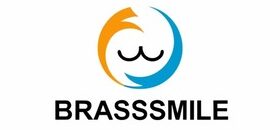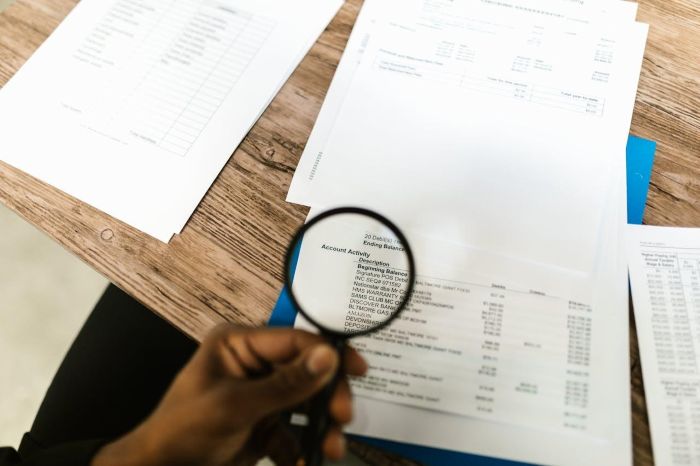Choosing a checking account might seem simple at first glance. After all, it’s just a place to park your money and pay bills, right? Not quite. The right checking account can help you save on fees, earn interest, and manage your finances more efficiently.
The wrong one cost you hundreds of dollars a year in unnecessary charges. Most people settle for whatever account their parents opened for them or the first one a bank representative recommended. But your financial situation is unique, and your checking account should reflect that.
Whether you’re a frequent traveler, someone who rarely visits a physical bank, or you’re trying to build up your savings, there’s an account designed with your needs in mind. Here’s how to find it.
Consider Fees and Minimum Balance Requirements
Nothing eats away at your finances quite like account fees. Monthly maintenance charges, overdraft fees, and transaction limits can add up quickly if you’re not careful. Some accounts charge you $10 or $15 every month just for the privilege of having an account. Over a year, that’s a significant chunk of change.
Many banks will waive monthly fees if you maintain a minimum balance or set up direct deposit. Read the fine print carefully to understand what you need to do to avoid these charges. If you’re looking for the best checking account online, you’ll often find options with no monthly fees and no minimum balance requirements.
SoFi, for example, offers checking accounts designed to eliminate common banking fees while providing competitive features.
Explore Digital Banking Capabilities
Your checking account should work with your lifestyle, not against it. If you prefer managing finances from your phone, look for accounts with robust mobile apps that let you deposit checks, transfer money, and track spending without visiting a branch.
Digital banking isn’t just about convenience. Many online accounts offer features like spending categorization, budgeting tools, and instant notifications when your balance drops below a certain threshold.
Evaluate ATM Access and Branch Availability
Even if you do most of your banking online, there will be times when you need cash or want to speak with someone face-to-face. Check how many ATMs are in your network and whether they’re conveniently located near your home, work, or places you frequently visit.
Some banks reimburse ATM fees if you use an out-of-network machine, which can be helpful if you travel often. Others have partnerships with retail stores that let you withdraw cash at checkout. Think about your habits and choose an account that won’t charge you extra for accessing your own money.
Look into Interest-Bearing Options
While checking accounts aren’t known for high interest rates, some do offer modest returns on your balance. It might not seem like much, but earning even a small amount of interest is better than earning nothing at all.
Interest-bearing checking accounts often come with requirements like maintaining a minimum balance or making a certain number of transactions each month.
Review Overdraft Protection Policies
Overdrafts happen, even to the most careful budgeters. When they do, you want an account that handles them fairly. Some banks charge $35 or more every time you overdraft, while others offer more lenient policies or link your checking account to a savings account for automatic transfers.
Find out what happens if you accidentally spend more than what’s in your account. Does the bank decline the transaction, or do they cover it and charge you a fee? Understanding these policies ahead of time can save you stress and money down the road.




